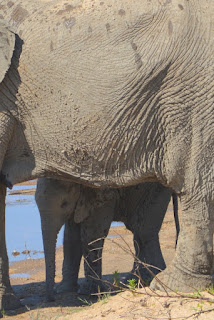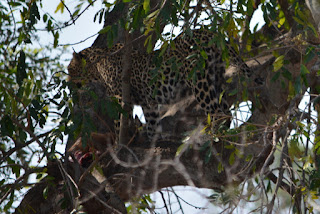True or False
Lesedi Cultural Village
1. Lesedi is a cultural village for only 1 culture. TRUE or FALSE?
False! Lesedi
Cultural Village has many different cultures including Xhosa, Zulu, Besotho,
Pedi, and Ndebele. There are mini
villages for living in inside of Lesedi, each for a different tribe.
2. You can come visit Lesedi in the day or evening, but you
can’t stay overnight. TRUE or FALSE?
3. The people in Lesedi welcome their guests by singing a
song. TRUE or FALSE?
True! The people of
Lesedi sing a welcome song in one of their languages when their guests
arrive. They clap, stomp, and dance
along to the music. It is a very joyful
welcome!
4. You are not allowed to go through the living villages
unless you are going to a guest part.
TRUE or FALSE?
False! In Lesedi, you
get to go through a tour of the villages!
The guide will show you the meeting place of the tribe’s village, the
huts for living in, the most respected hut, the food, and the people. You will also learn lots of facts. We learned that in most clutures, you have to
pay 11 cows to marry 1 wife. The Besotho
people pay 13 cows and 2 horses and Zulu people pay 13 cows. The Zulu people kill 1 cow out of the 13 to
make the wedding outfit.
We also learned the Besotho boys go into a hut for 3 weeks and up in the mountains for 3 weeks. We also got to go into a Xhosa hut and hear a clicking song. The girls go in first and sit to the way that the door opens so they will be protected by the door if an enemy comes. The boys go out first to make sure it is safe. Molo! That’s “hello” in Xhosa. You can also learn words in the languages. The tour is very informative.
We also learned the Besotho boys go into a hut for 3 weeks and up in the mountains for 3 weeks. We also got to go into a Xhosa hut and hear a clicking song. The girls go in first and sit to the way that the door opens so they will be protected by the door if an enemy comes. The boys go out first to make sure it is safe. Molo! That’s “hello” in Xhosa. You can also learn words in the languages. The tour is very informative.
5. The people in Lesedi put on a show for their guests. TRUE or FALSE?
 True! The people in
Lesedi danced and sang in their traditional outfits as a show for their
guests. Each tribe did their own dance –
the Besotho people in their mountain hats and blankets to keep them warm and
their rainboats for the mine dance to show that they were the first in the
mines; the Zulu in their leopard skin and bead skirts; the Xhosa with their
faces painted; and the Pedi with their animals in the bush at night dance. There was also a loud drum, a xylophone to
play, and a stick fighting act. It was a
cool show!
True! The people in
Lesedi danced and sang in their traditional outfits as a show for their
guests. Each tribe did their own dance –
the Besotho people in their mountain hats and blankets to keep them warm and
their rainboats for the mine dance to show that they were the first in the
mines; the Zulu in their leopard skin and bead skirts; the Xhosa with their
faces painted; and the Pedi with their animals in the bush at night dance. There was also a loud drum, a xylophone to
play, and a stick fighting act. It was a
cool show!
6. I had lots of fun at Lesedi. TRUE or FALSE?
True! I loved going
to Lesedi! It was such a cool and
interesting experience. I learned a lot,
and I hope to go back!


















































